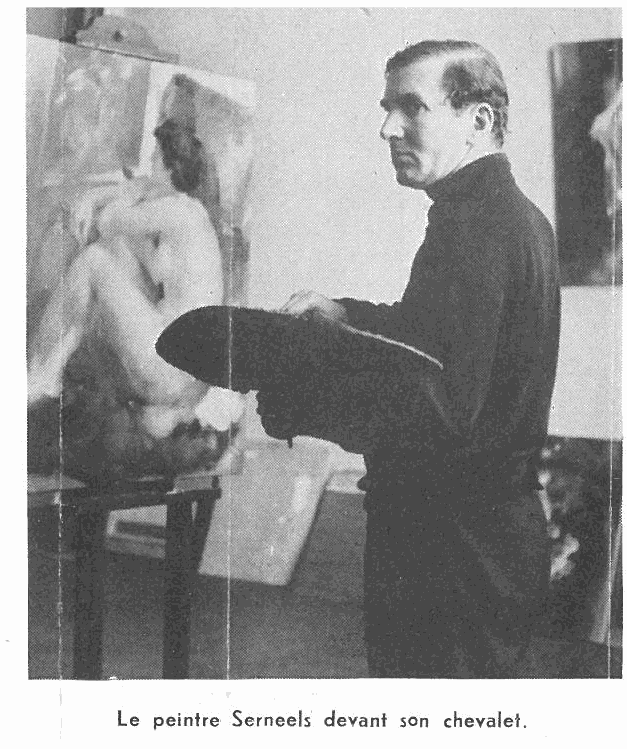Giovanna Ellero Cellini
Portrait of Mario Benvenuto Cellini, 1924


Clément Serneels,
Journal de l'amateur d'art, 25 ottobre 1956.
Subscribe to our newsletter to receive all the news about exhibitions, fairs and new acquisitions!